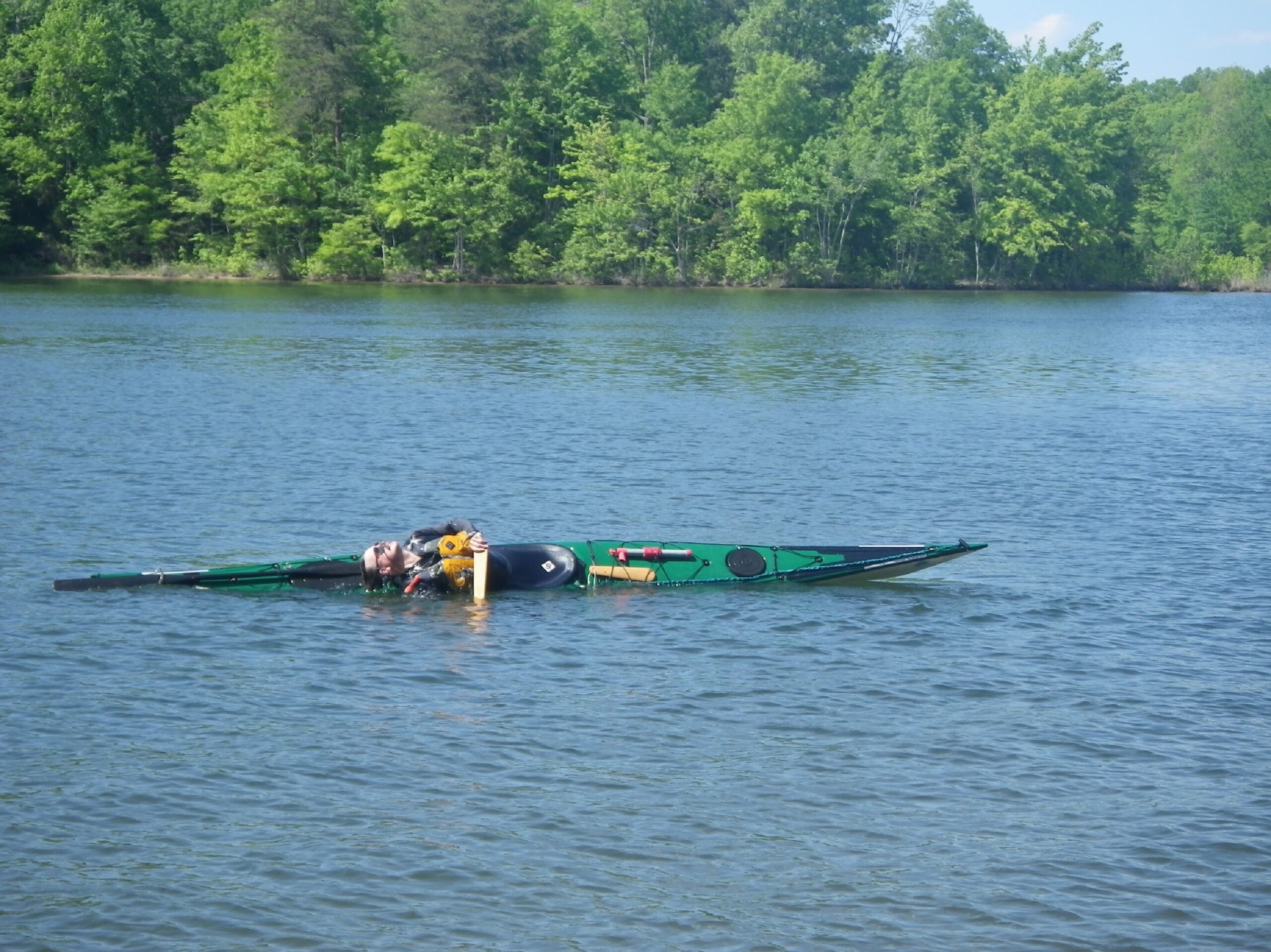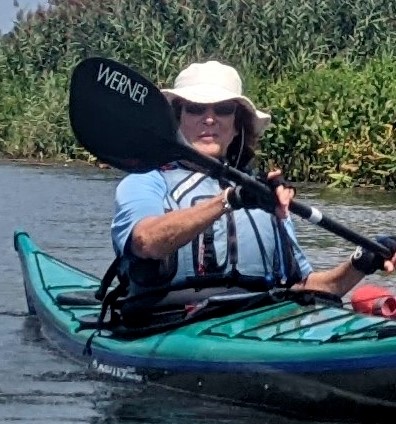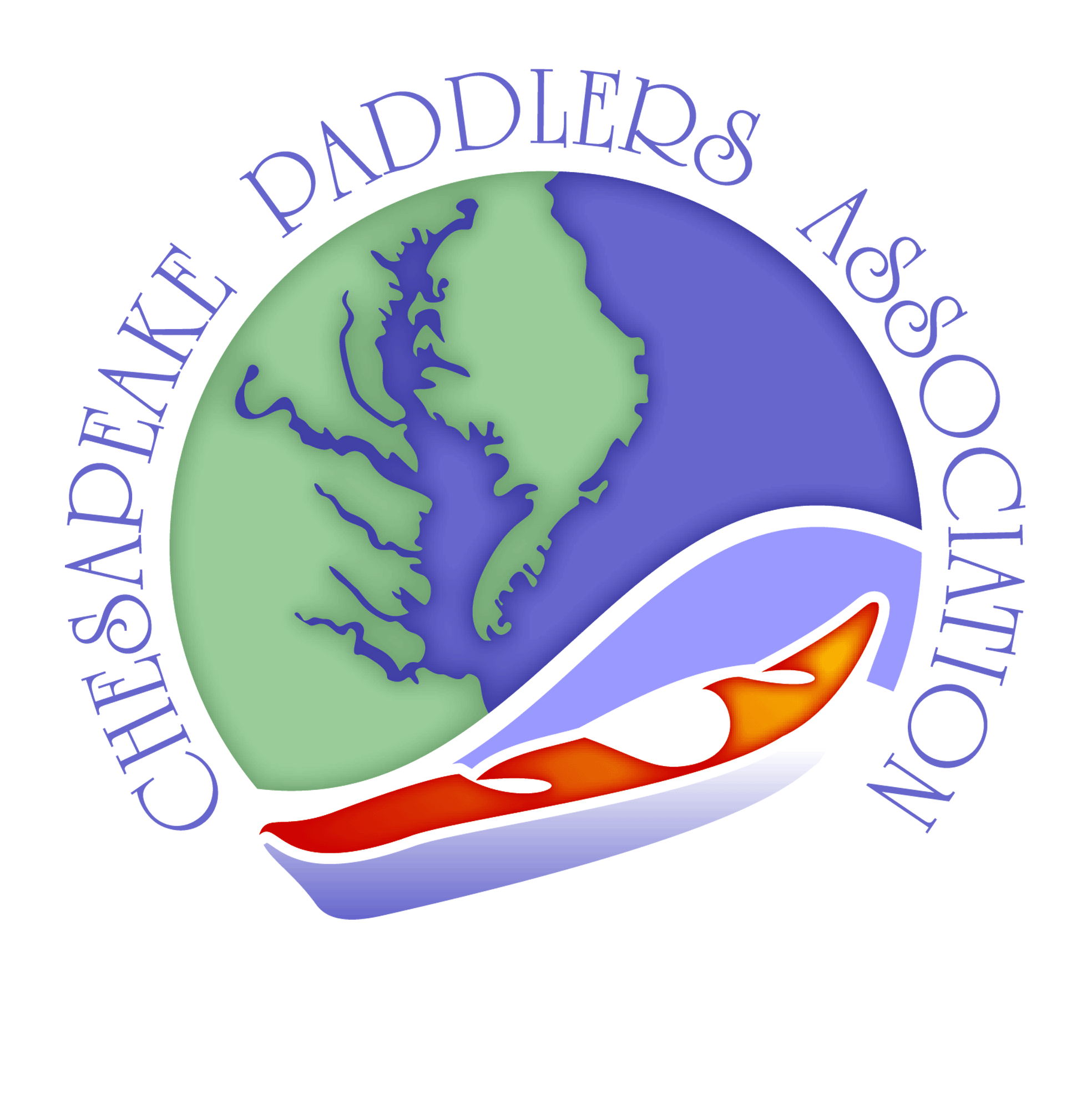
Almost everyone wants to learn to roll their kayak. It looks cool, it’s fun, and it’s a way to cool off in the summer. It’s the fastest self-rescue but it’s not the only self-rescue that you should be doing. Rolling is not an essential skill required to kayak safely. (Note that being able to wet exit and keeping control of your boat and paddle IS essential.) No one has a truly bomb proof roll. The best paddlers I know have at times missed their roll and had to wet exit.
Almost everyone wants to learn to roll their kayak. It looks cool, it’s fun, and it’s a way to cool off in the summer. It’s the fastest self-rescue but it’s not the only self-rescue that you should be doing. Rolling is not an essential skill required to kayak safely. (Note that being able to wet exit and keeping control of your boat and paddle IS essential.) No one has a truly bomb proof roll. The best paddlers I know have at times missed their roll and had to wet exit.
Spend the time learning a controlled wet exit, consistent self-rescue, and effective assisted rescues. And then, you may still want to learn to roll. The best way to learn to is to take one or more rolling classes. It’s not something that is easily learned by watching YouTube videos. While the actual process of rolling is fairly easy, it can be hard to learn. People tend to be disoriented when upside down under water and the movements may seem counterintuitive.
There are many ways to prepare yourself so that you can take full advantage of rolling classes. First, learn to slow your wet exit. To roll, you need to become comfortable upside down under water. If you start to remove your spray skirt before you are even upside down, you will not be able to set up to roll. After you capsize, practice tucking forward, orient your paddle to be parallel with the boat, slowly release the skirt, and then slowly slide out of your boat. This process actually minimizes the chances of injury during the wet exit and gives you better control of the boat and paddle.
Another technique that incorporates many of the pieces of a roll is the bow rescue. After you capsize, tuck forward, reach up to bang on the bottom of your boat to get the attention of your paddling partner and to let them know that you want help. Reach both hands towards the air (same direction as the bottom of your boat since you are upside down) with one hand on each side of the kayak. Keep your hands perpendicular to the side of your boat and move them forward and back. Your partner will bring the bow of their boat in reach of your hands. When you feel the bow of your partner’s boat, bring both hands to that side. At this point, it’s OK to pause, get a breath and orient your hands so that the palms are on the bow of your partner’s boat and pointing toward the bow of your boat.
The next steps are very similar to what you do when rolling. Use your legs and core muscles to draw the boat under you by putting pressure on the knee on the side towards your rescuer and relaxing the knee on the side that is away. Keep your head low, as close to your hands as possible until you are upright. The bow rescue helps you relax under water, you need to think a little, you are using the same basic move to get your boat upright, and you don’t need to worry about coordinating all of the parts of the roll at one time. Here is a link to an article on how to do a bow rescue.
The next skill that will make it easier to learn to roll is the sculling brace. This skill lets you discover how to use your paddle to provide support. When you are ready to learn to roll, the paddle will replace the bow of the boat that you used in the bow rescue. To do a sculling brace, start by keeping your blade angle low and the paddle as close to horizontal as possible. Keep the blade near the surface of the water, sweeping it back and forth, with a climbing angle on the blade; that is, with the forward edge of the blade slightly elevated so that you’re continually pushing down on the water. As you get more comfortable, lean your weight over farther and farther to the side so that your paddle blade actually needs to supply bracing support. Eventually, you will learn to scull so that you are almost capsized.
As you begin to learn to roll, sculling can actually be a tool to use when you are almost up, but in a position to continue to scull to finish your roll.
Between the bow rescue and the sculling brace, you now have all of the parts of a roll. Now it’s time to work with a rolling coach to put everything together. Of course, you can always have a coach earlier to learn the moves, but practicing these skills on your own will give you a head start. If you have sessions available in an indoor pool, go and take advantage of these opportunities to practice. The Chesapeake Bay area has many instructors who have pool sessions available for just practice or the opportunity for instruction . So to summarize, learning to roll can be fun, it’s a really cool skill, and is the best self-rescue to have. It’s not an essential skill for most environments and does not replace having multiple rescue techniques. You can learn many of the concepts and skills required for a roll, but eventually you will probably need some coaching. We are fortunate in that we have many skilled coaches in the Chesapeake Bay area. Rolling is a skill that comes and goes. Practice is essential. And remember that learning to roll is a choice. As long as you have good self and assisted rescue skills, you can participate in our sea kayaking trips.
All members are encouraged to attend the 2023 Springtime Trip Planning meeting on Sunday March 12th from 12-3PM at the Cult Classic Brewery in Stevensville, MD. Meeting details can be found on the CPA Meetup Page. New and less experienced members can meet other members and see how the club works, and old hands can tell the same old war stories! We encourage ALL members to lead and co-lead paddles for the 2023 paddling season. Hope you can join us.

